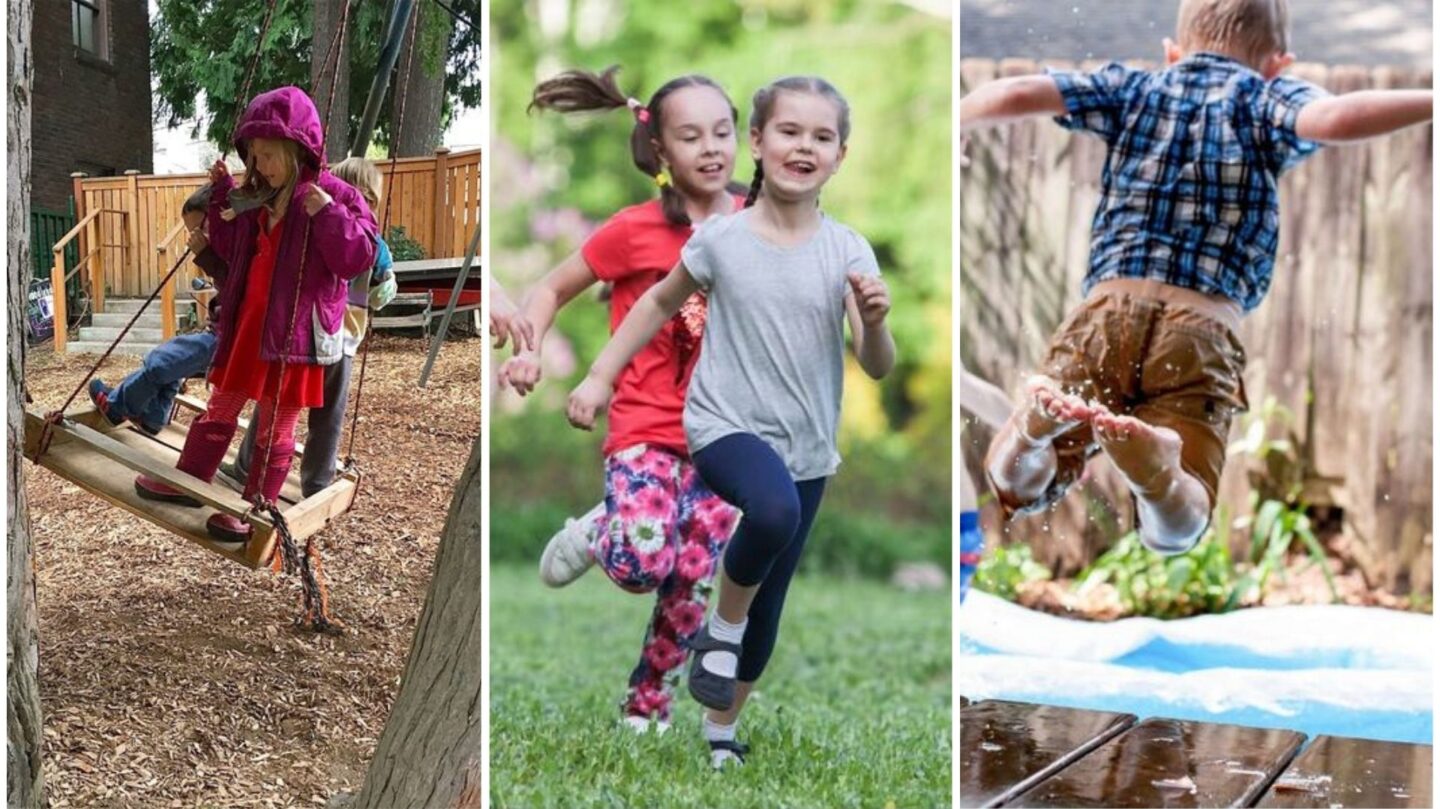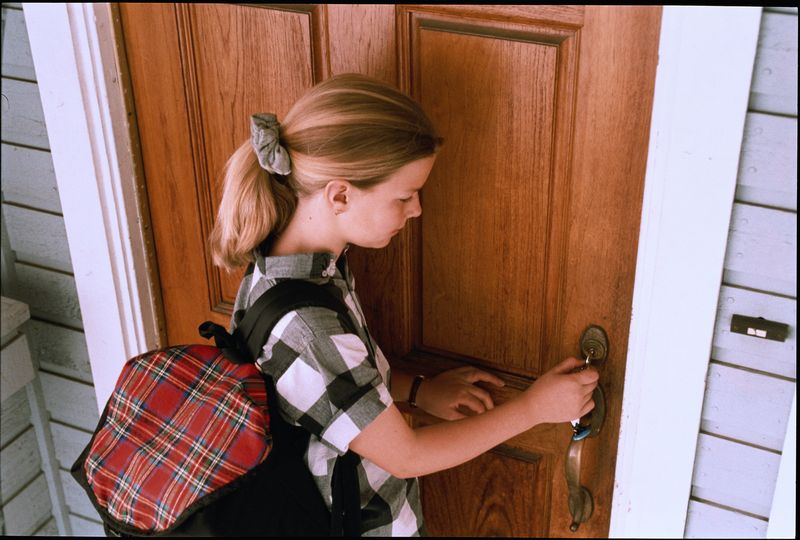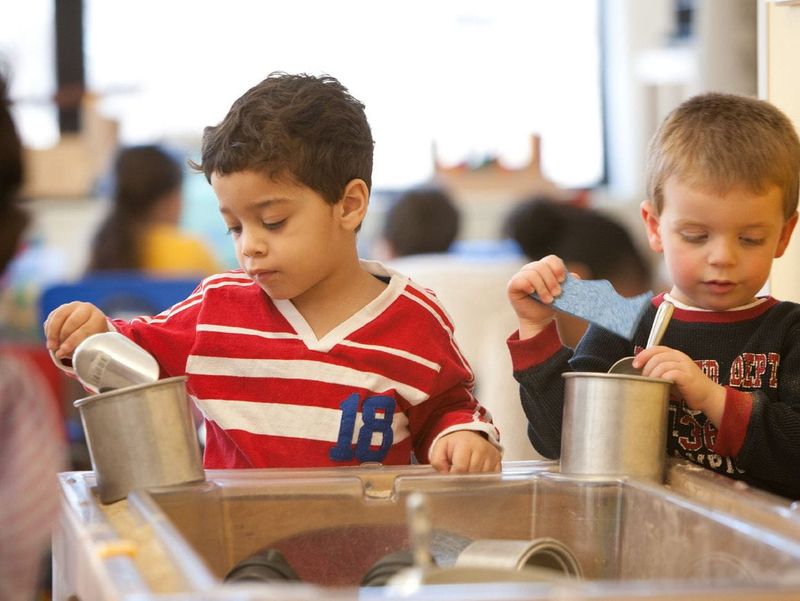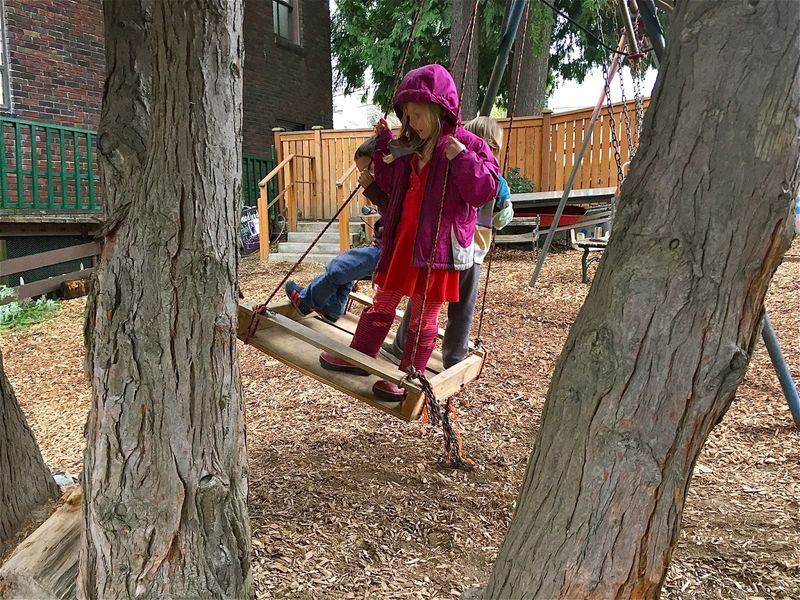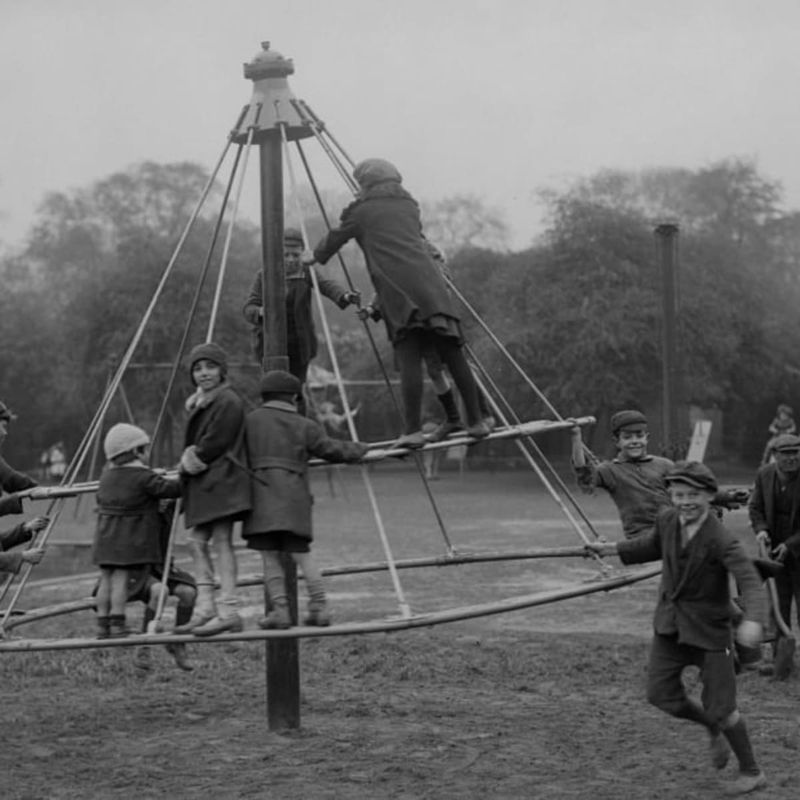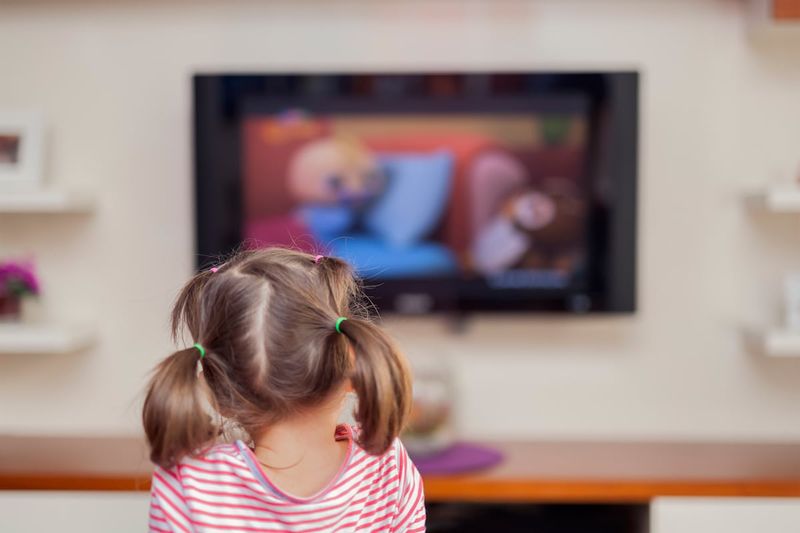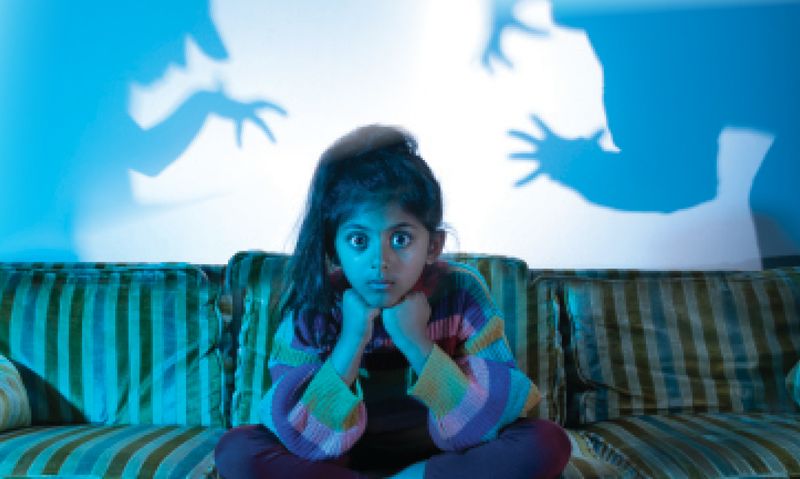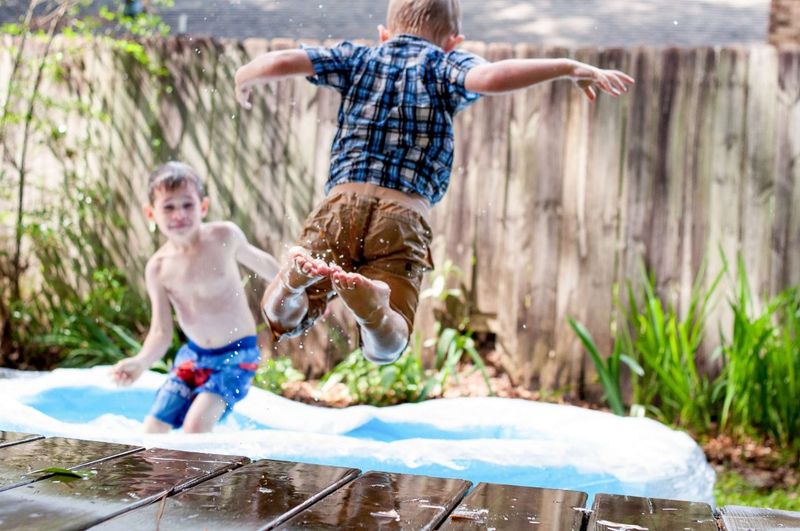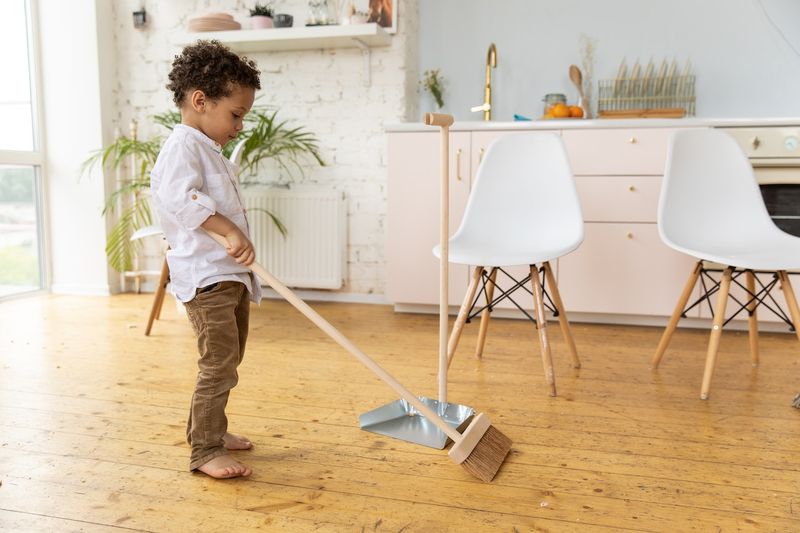Parenting in the 1980s was a world apart from today. With less emphasis on safety and more trust in self-sufficiency, the era’s parenting rules might seem shocking to modern eyes. This blog delves into 12 such rules, examining their context and the lessons today’s parents might draw from them.
Free-Range Playtime
In the 1980s, children enjoyed unprecedented freedom. Parents encouraged them to explore the neighborhood, often without supervision. This norm fostered independence and resilience, allowing kids to learn from their adventures and mishaps.
Imagine a world where kids could roam until sunset, the only rule being to return by dinnertime. Today, such freedom is rare, with helicopter parenting taking precedence.
Yet, this rule taught children invaluable life skills. Encouraging calculated risk-taking can empower today’s kids, giving them the confidence to navigate the world with less fear and more curiosity.
Latchkey Kids
The term “latchkey kid” was coined in the 1980s. Many children returned to empty homes after school, their parents working till evening. This independence was a necessity rather than a choice.
These kids learned responsibility at an early age, managing homework and snacks unsupervised. While today’s society views this with concern, it taught essential self-sufficiency skills.
Of course, safety is paramount, but allowing children to handle minor responsibilities can build confidence. Modern parents can adapt this by letting kids manage age-appropriate tasks, fostering independence in a controlled environment.
Minimal Supervision
Parents in the 80s didn’t hover over their children’s every move. With both parents often working, kids were expected to entertain themselves. This lack of constant supervision might raise eyebrows today.
However, it encouraged creativity and self-direction. Children had to find ways to amuse themselves, fostering imagination and problem-solving skills.
While today’s technology offers endless entertainment, encouraging screen-free playtime can spark creativity. Parents might consider setting aside “unplugged” hours, allowing children the space to create, imagine, and be self-reliant, much like their 80s counterparts.
DIY Risk Assessment
Children in the 80s were expected to assess risks on their own. Climbing trees or building forts, they learned to judge physical risks firsthand. This experiential learning is less common today.
Modern parenting often involves safeguarding children from every potential danger, which can hinder their ability to gauge risks independently.
Allowing kids to engage in slightly risky play can teach them important lessons in self-assessment. By stepping back, parents can help children develop a healthy sense of caution, grounded in experience rather than constant adult intervention.
Playground Safety Standards
Playgrounds in the 80s were quite different from today. Metal slides, wooden swings, and hard surfaces were the norm. Safety standards were more relaxed, and kids learned to navigate these hazards.
While today’s playgrounds focus on safety, the old ones taught resilience and adaptability. Kids learned to play hard but safe.
Modern parents can channel this by encouraging outdoor play with natural elements. Let kids explore under supervision, allowing them to take small risks. This balance between safety and freedom can nurture resilience and adaptability, preparing them for real-world challenges.
Hands-Off Education Approach
Education in the 1980s often took a hands-off approach. Teachers encouraged self-directed learning, allowing students to explore topics independently. This is a stark contrast to today’s structured curriculums.
This method promoted critical thinking and self-motivation, as students learned to research and solve problems on their own.
Parents today can incorporate this by fostering a love for learning outside school. Encourage children to investigate their interests, providing resources and guidance. This nurtures a lifelong curiosity and problem-solving ability, drawing from the independent spirit of 80s education.
Limited Screen Time
Screen time in the 80s was naturally limited. With fewer channels and scheduled programming, children spent more time in physical activities or imaginative play.
Today’s digital age makes screen management a challenge, but the 80s model offers insights. Limiting screen time encourages kids to explore other interests and develop diverse skills.
Parents can set screen boundaries by designating tech-free times or days. Encourage kids to engage in outdoor or creative pursuits. This approach not only reduces dependence on screens but also fosters creativity, much like the unplugged childhoods of the 80s.
Stranger Awareness Training
The 80s introduced “Stranger Danger,” teaching kids to be wary of unknown adults. This era emphasized awareness over anxiety, empowering children with knowledge rather than fear.
Today, this approach remains relevant, though often overshadowed by heightened safety protocols. Educating children about strangers can be balanced with encouragement of social interactions.
Teaching kids to trust their instincts and recognize safe adults is key. Modern parents can adapt this by fostering open discussions about safety, allowing children to feel confident and informed without overwhelming fear, preserving the spirit of awareness from the 80s.
Unscheduled Playdates
In the 80s, playdates were spontaneous affairs. Kids knocked on doors or gathered in backyards without parental planning. This spontaneity fostered social skills and adaptability.
Modern schedules often leave little room for unstructured play. However, allowing children to organize their own playtime can build independence and social competence.
Parents can encourage this by providing safe spaces for spontaneous interactions. Letting kids decide their play activities can enhance their social skills, mirroring the naturally forming friendships of the 80s. Unscheduled play promotes creativity and collaboration, skills crucial for personal and professional success.
Home Alone Lessons
Being home alone was a rite of passage in the 80s. Kids learned to handle emergencies and basic household chores, a significant responsibility for many.
Today, this might seem risky, but it taught invaluable life skills. Children learned about time management, basic cooking, and emergency procedures.
Modern parents can gradually introduce these lessons in controlled environments. Teaching children how to handle being home alone fosters independence and self-reliance. These skills, once essential in the 80s, remain vital, preparing kids for future responsibilities and challenges.
Family Dinner Time
Family dinners were a staple of the 80s, a time for connection and conversation. Without the distraction of smartphones, these meals were about engaging with each other.
Today, family meals are often rushed or interrupted by technology. Yet, the 80s model offers a template for meaningful family time.
Parents can reclaim this tradition by setting tech-free dinner times. Encourage conversations about daily experiences, fostering family bonds. This simple practice, rooted in 80s values, strengthens relationships and communication, emphasizing the importance of family in a digital age.
Weekend Chores
Weekend chores were a norm in the 80s. Kids contributed to household responsibilities, learning about teamwork and accountability.
Today, busy schedules can sideline chores, but involving children in them teaches essential life skills. Working together on chores fosters a sense of responsibility and accomplishment.
Modern parents can incorporate this practice by assigning age-appropriate tasks. It not only keeps the household running smoothly but also builds character. Lessons in responsibility and teamwork, cornerstones of 80s parenting, remain relevant, ensuring children grow into capable, self-sufficient adults.
